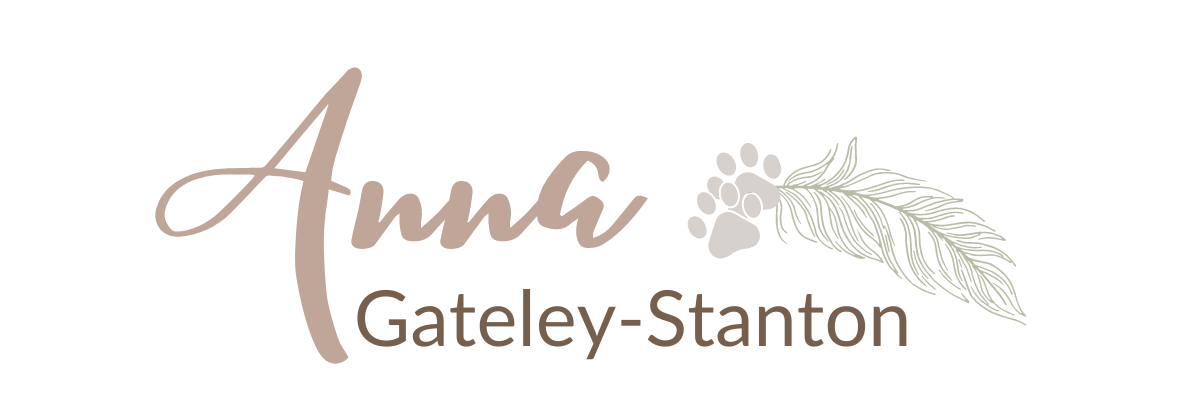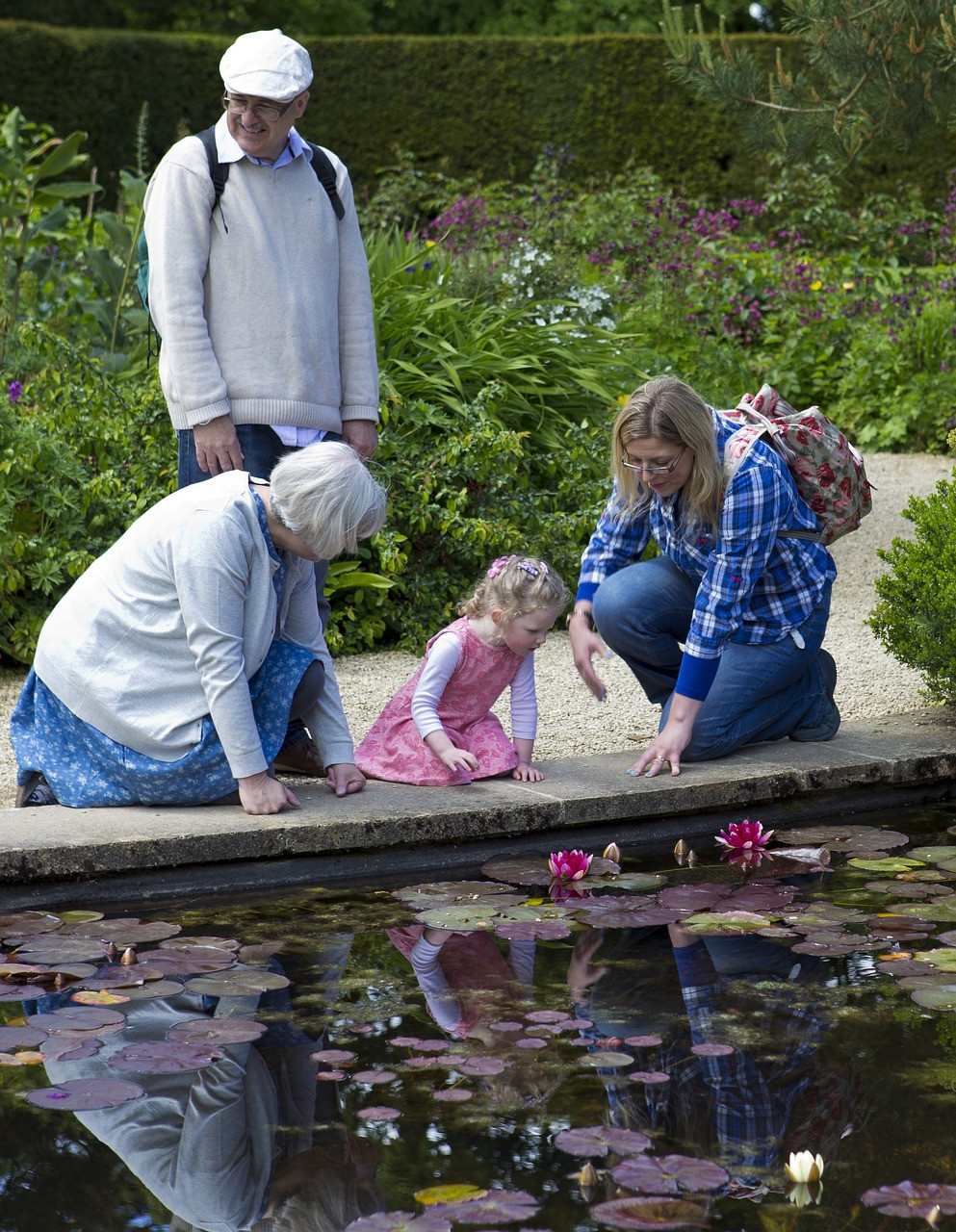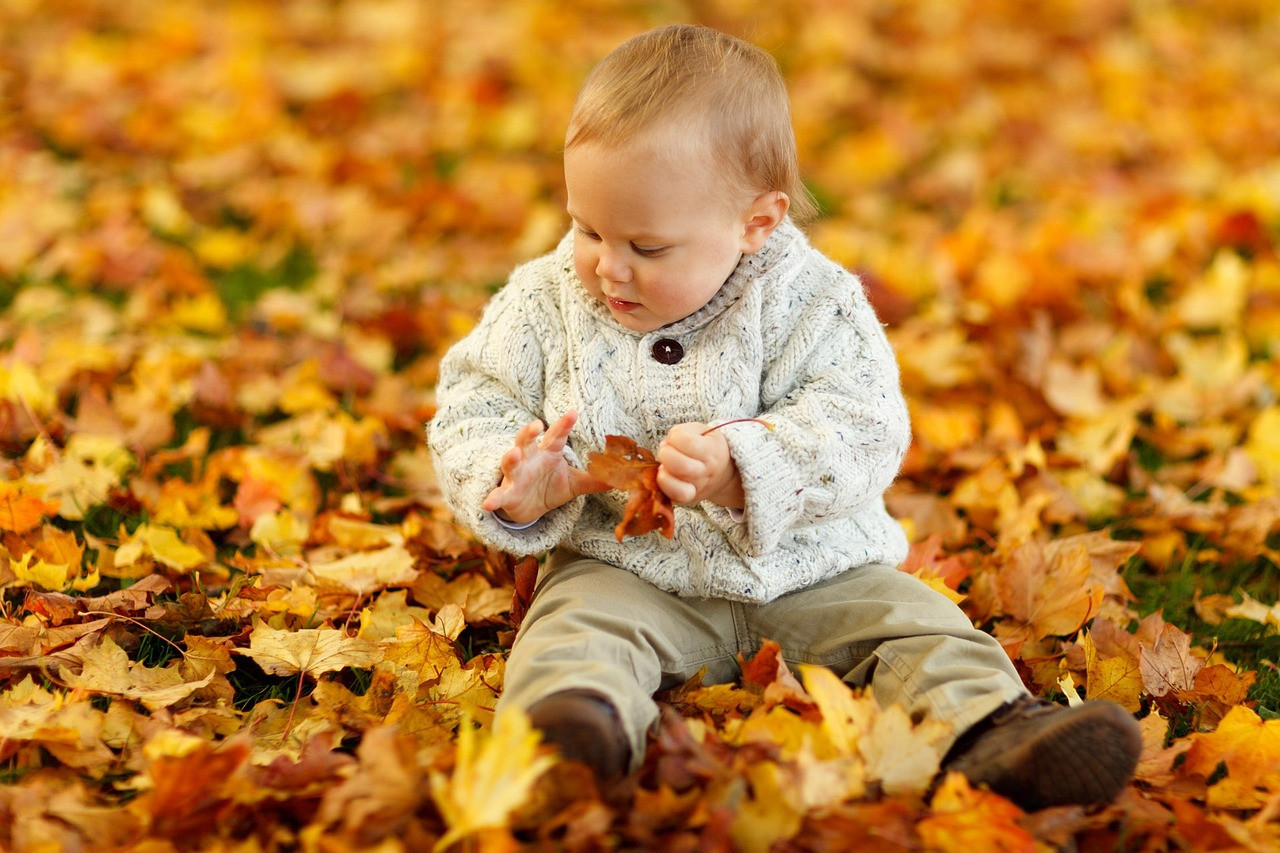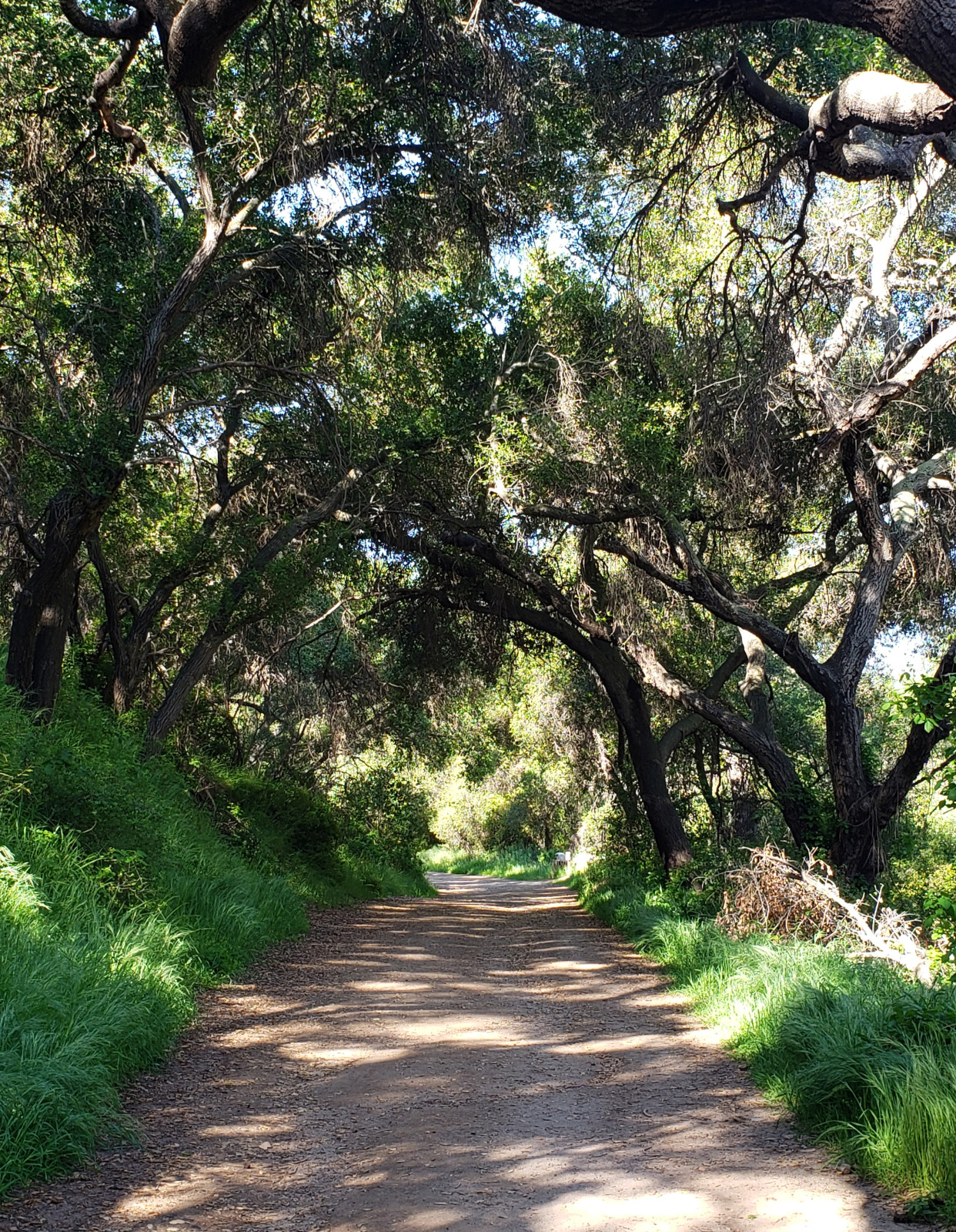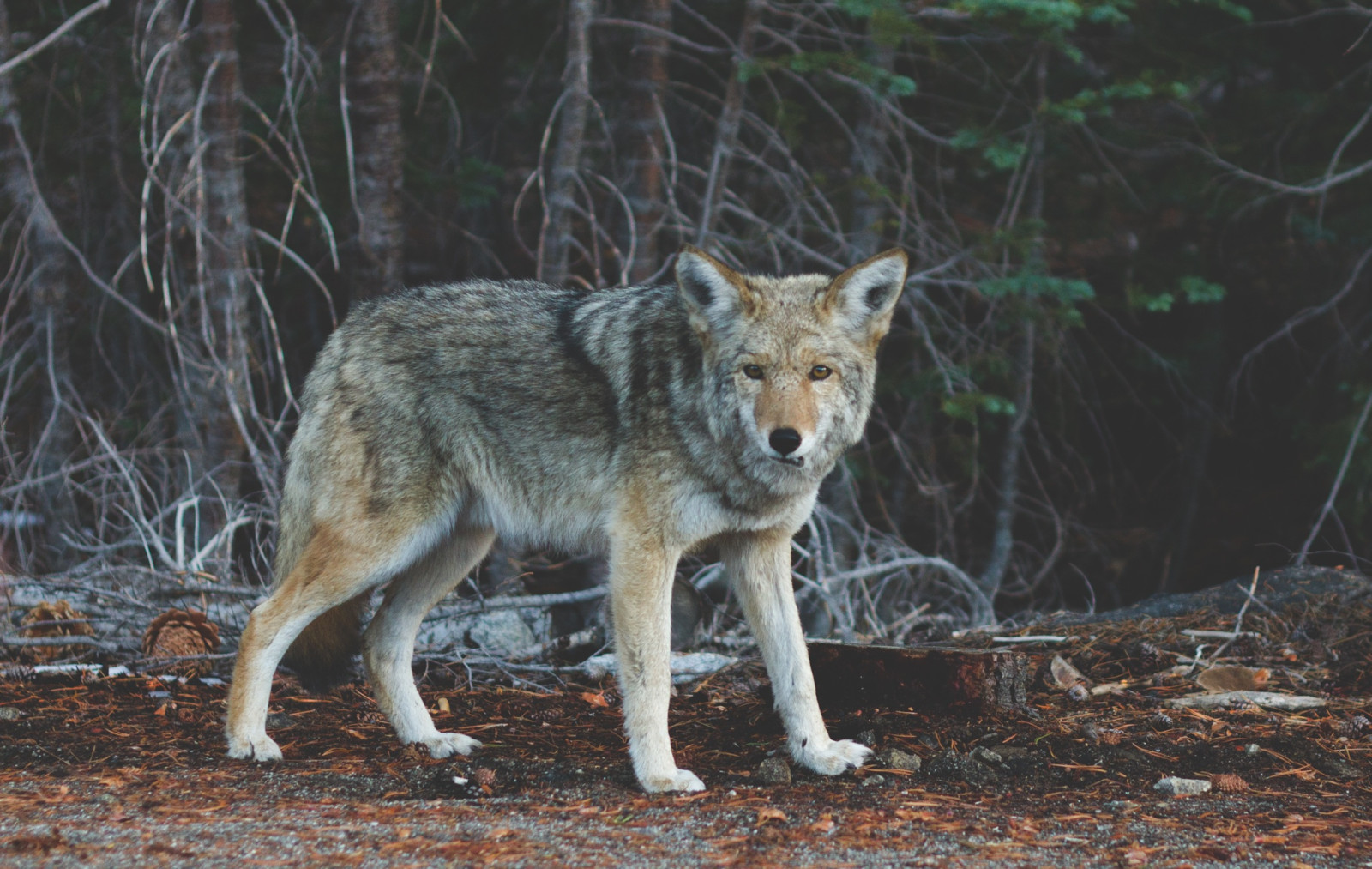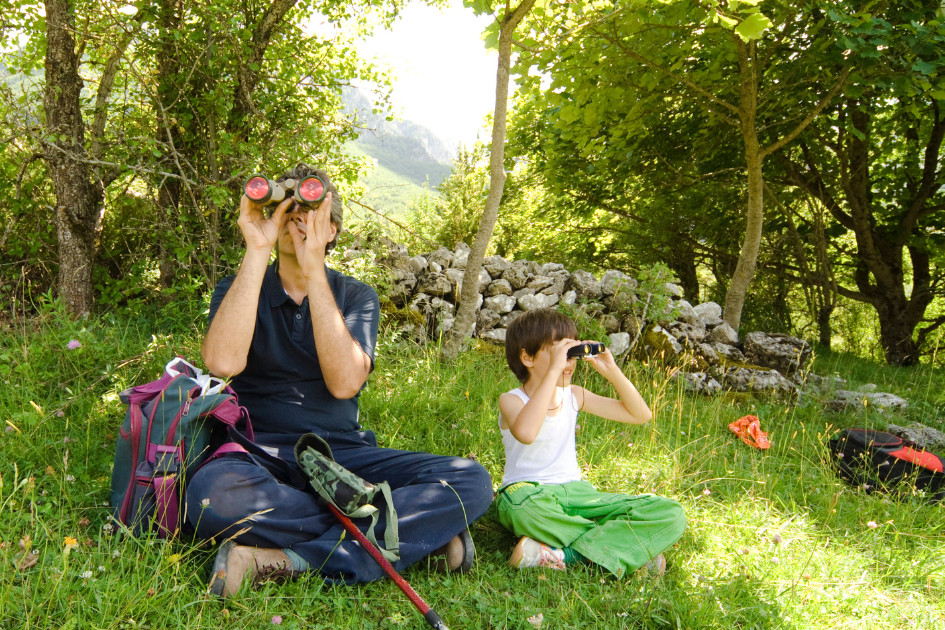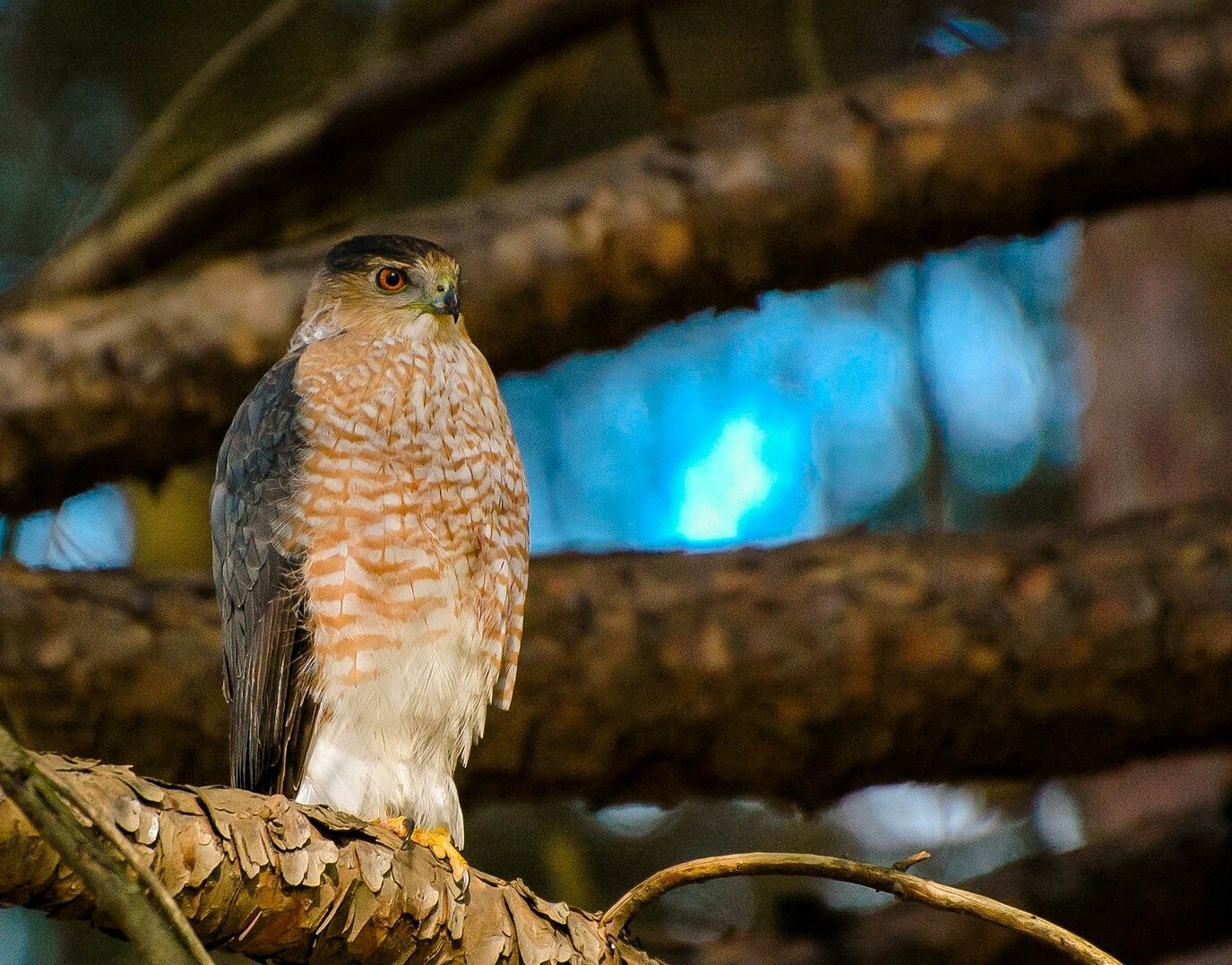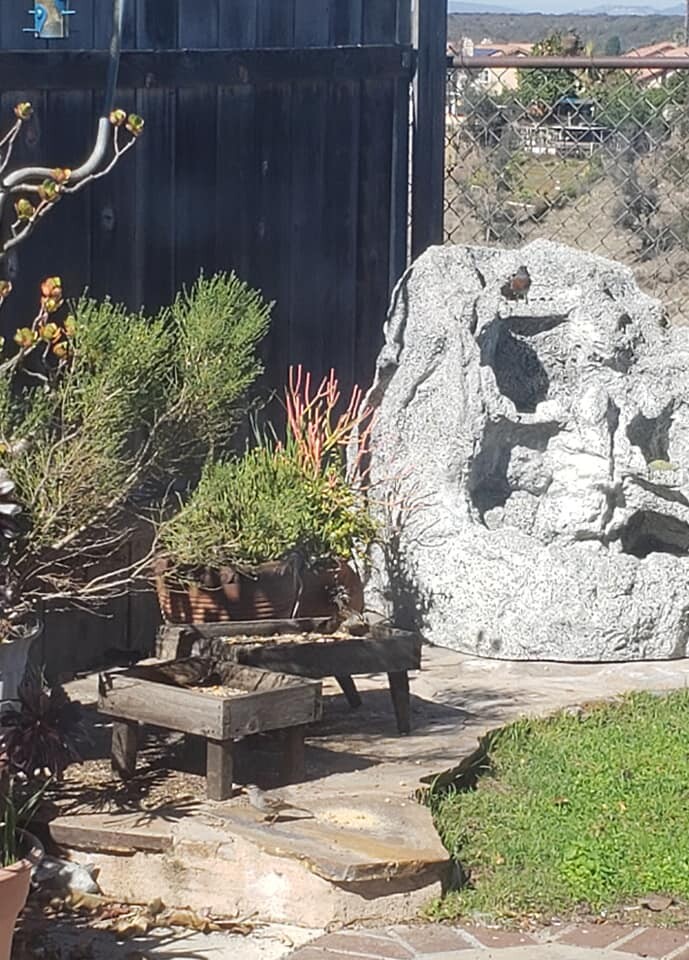
While watching birds at my feeder today, I saw a couple Western Bluebirds. Not unexpected, but not something I see everyday in my backyard. A real surprise would be the male Phainopepla I saw a month or so ago, but that’s a story for a different time.
Anyway, I started thinking how easy it is to bird from my own yard. Living on a canyon helps a lot, but the diversity of wildlife we have in San Diego County plays a big role too. I started remembering some of the many birding trips I’ve taken to place like McAllen, Texas; Tucson, Arizona; and San Felipe, Baja California, just to name a few. Then I remembered how easy it is to actually bird from my own yard.
In less than a week, Audubon’s Great Backyard Bird Count will take place again from February 12 to February 15, 2021. I’ve done it a number of times from my own yard, but also while I was walking the dog at the lake. It doesn’t matter how good a birder you are; anyone can participate. All you need to do watch birds for as little as 15 minutes or longer. You can do it once or several times a day over the four-day period from any location. Then just report your sightings at birdcount.org so the numbers can be included in the count. Check out the website for more information and to get the latest promotional and educational resources.
Now who’s ready to start counting birds?

Close to 14 years ago, something unexpected and totally unwanted happened. This little girl found me, her safe harbor, after being dumped on the street by her previous mom.
I didn’t want a dog—I had three cats. But she melted my heart that November night. After an hour of nervously circling and sniffing me, she finally decided I was safe. She sat down in front on me, started whimpering, then jumped in my lap and started licking my face. I brought her inside to a house with three cats, not knowing what to expect.
Over the next or so I put up a dozen poster on streetlights and in pet stores. Took her to three different vet offices to try to find a microchip. I didn’t take her with me, but I even went down to the pound to see if anyone was looking for her. The answer was no, so I left a flyer there as well.
I hadn’t given her a name yet because I just knew her mom was looking for her, and I’d be getting a call any day from her momma who had just seen the flyer. As time went by, I realized no one was coming to get her, so I took her to my vet for a complete check-up and shots. From looking at her teeth, he said she was about 2 years old. I also made an appointment to have her spayed because she was going into heat.
Along the way, I had to re-learn how to live with a dog again, as I hadn’t had one since I was in high school. One of the first things I learned was the dog goes outside to pee first thing in the morning! Learned that the hard way by jumping in the shower only to find she’d gone on the carpet instead of holding it.
I also learned that dogs are a lot more hands on than cats, who are very independent. Because I’m on a canyon with a 4-foot fence, and she’s only 13 lbs., she can’t be left in the back yard by herself, so someone needs to let her out. Lucky for me, I quickly found a neighbor boy who was looking to earn money, so he became her dog walker. Since then, she’s had a few different ones, but since she’s partial to males, she makes friends easily.
To me, her birthday is November 12, so we’ll be celebrating soon. If you don’t already know her, she’s very friendly, loves cats and other dogs (with a few exceptions), and likes almost everyone. She’s very chill, even when other dogs walking by bark at her. She’s mostly fur, and when her legs get wet, she looks like fur on a stick, as my girlfriend pointed out. She adores her mom (luckily), loves car rides, and is a very picky eater. She also has a stubborn streak. That’s my little princess (cough, cough), Sadie! I love her more than she knows, and am so happy she found me that November night.
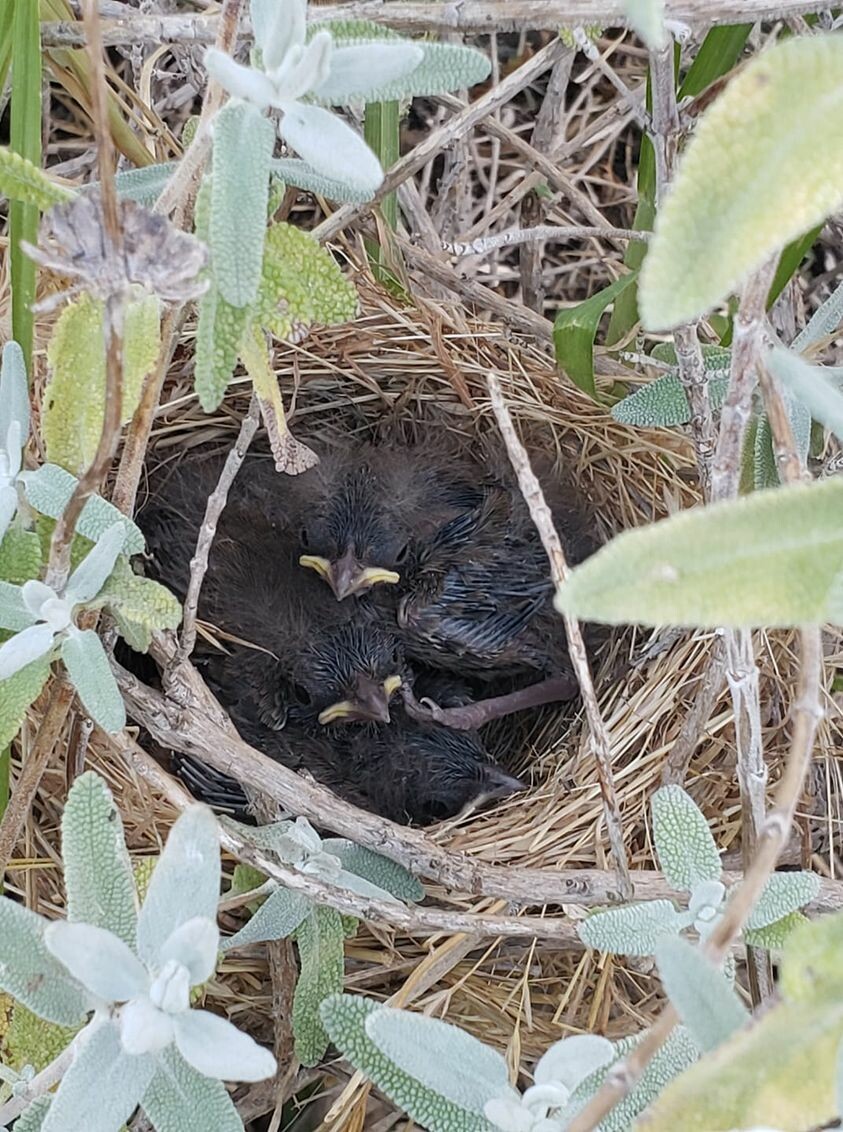
Now that you know about feeding wildlife, let’s look at the other needs of wildlife.
Water
California and other parts of the Southwest are under draught conditions most of the time. As a result, wildlife is desperate for water sources.
So, as your shower water warms, capture the cold stuff in a bucket. You can use it to water plants, but also fill a bird bath or small animal drinking fountain. Every morning I enjoy watching four or five hummingbirds fight for the perfect perch to take a bath in a fountain. Bees also visit for a quick drink, and we always need bees around to pollinate crops.
When you return from a day trip, let the ice from your ice chest melt. You’ve now got water for your fountain or bird bath.
Shelter
Like you and me, animals need shelter for sleeping, as well as raising young. But they also need it for protection. When you decide where to place a feeder or fountain, put it close to a dense shrub or tree for cover. Sometimes darting into a shrub is the only way to escape a large predator like a Cooper’s Hawk.
If you’re in a rural area and have the space, even a brush pile of limbs and branches can serve as shelter for sleeping or nesting wildlife.
Some people have luck with nesting boxes or nesting shelves, but not me. The native trees and shrubs in the canyon probably provide much nicer locations than a wooden shelf or clay nesting box.
If you don’t mind bats for neighbors, you might try a bat box. It’s a great place for bats to roost during daylight, and when they leave to forage at night, they’ll help rid your neighborhood of thousands of mosquitos and other insects.
Now that you know how to create a wildlife friendly yard, what will you provide? Will it be food? Water? Shelter? Or will it be all three?
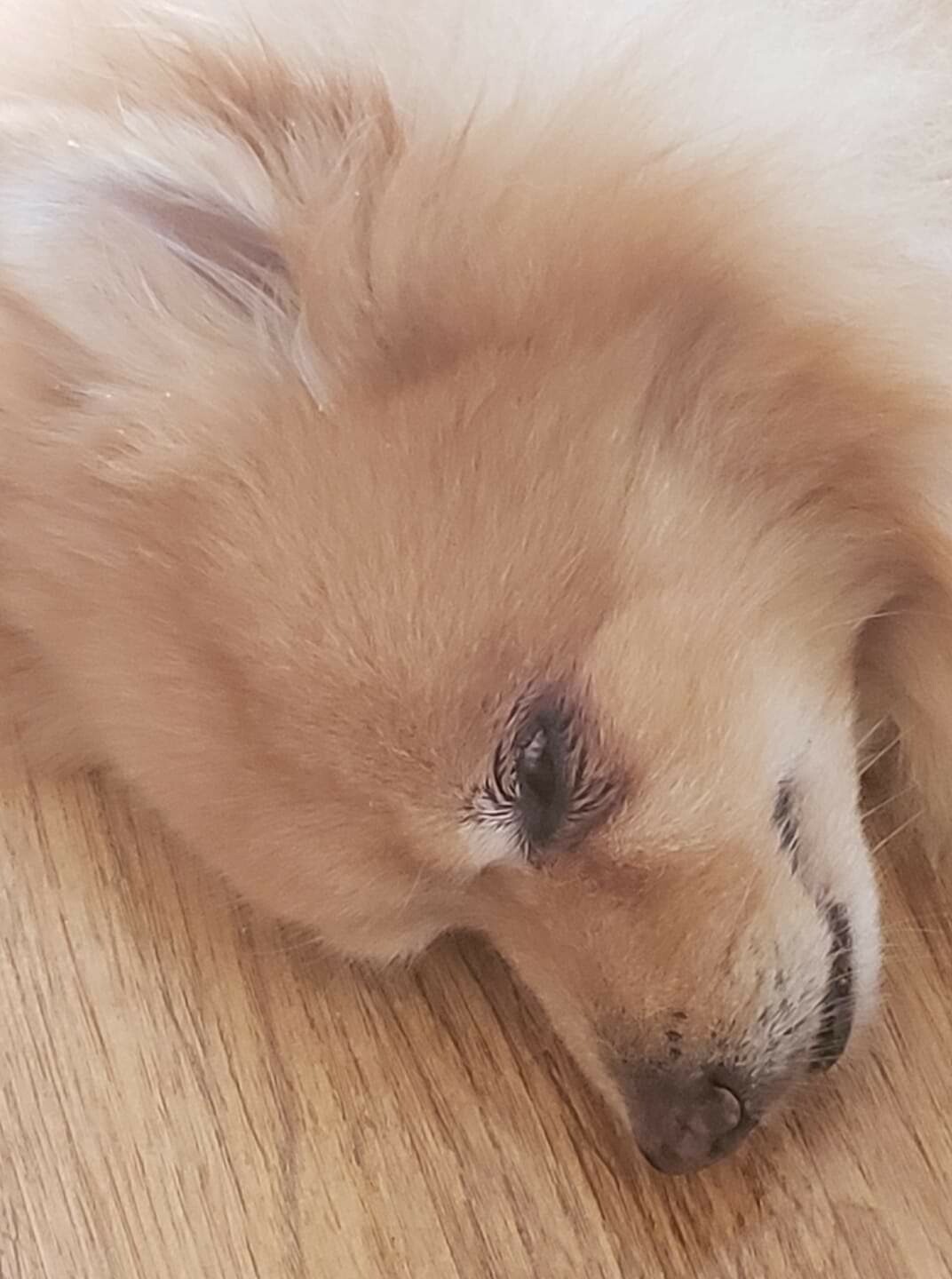
Everyone wants their dog to be healthy, right? After all, a pet is part of the family. So when my little princess (I say sarcastically!) started losing the fur on the back of her legs and tail, I started to worry. Big time!
A trip to the vet didn’t help. Whatever suggestion was made, yielded no change. I tried fish oil, but no change, and she wasn’t thrilled with it either. I was already feeding her grain free dog food so that couldn’t be the cause. So, I did what most folks do…I Googled the issue. I checked out products on Amazon. Found a few that sounded promising, but wasn’t willing to spend $40 on something that may not help.
Then I found another product. It was just dried beets--human grade dried beets--and it was less than $20. So, I bought it and started adding it to her food once a day. If it didn’t work, I hadn’t spent that much money, right? You know what? After a couple weeks, I noticed her fur was growing back. The beets were working!
Since then, I’ve also started using a few other things that help keep her healthy and fully furred. I have a toxin-free dog shampoo that makes her fur so soft and silky, and is so gentle it doesn’t sting her eyes. There’s also a couple supplements I add to her food, when she’ll let me. She can be a picky eater, and will actually go on hunger strikes for a day or two before caving, so I’m always testing the waters with her. I also have an oil I add to her food that is great for her skin and coat.
For now, we’re both happy campers. She’s got a full, healthy coat of fur, and I’m working hard to keep it that way.
Gotta run for now…I think I hear her over in the cat food bowl stealing their food!

Just like humans, animals have specific needs--food, water, a place to sleep, and a place to raise a family. Unless you’ve got a large piece of land, you probably can’t provide everything for every animal, but you can still help by offering what you can.
Food
One of the easiest things to provide is food, and if your yard includes plants, you’re already providing food. Have you ever seen a flock of bushtits swarm over aphids on your bush? They’re devouring the bugs and helping your plant at the same time.
But not all birds are insect eaters. Many only eat seeds, so I offer bird seed to supplement a seed eater’s natural food source. More food is needed during the spring and summer when new families are hungry. I’ve seen quail bring their young to my ground feeders. Fledgling birds learn to forage (find food) by following their parents. Young house finches, scrub jays, lesser goldfinches, and spotted towhees eat at my feeders every year.
To attract a larger variety of birds, offer more than just everyday bird seed. I start with a basic seed mix (use one with 25% or fewer sunflower seeds for less mess), then add a waste-free blend that’s just nut meats. Lastly, I’ll add a type of finch mix with very small seeds. Goldfinches and mourning doves both love Niger/thistle seed, but goldfinches need a hanging feeder with small holes. Mourning doves and many others will eat from a hanging feeder, but are just as happy with a ground feeder. So, I have two ground feeders to help lessen the mess on the patio. Another protein source that attracts insect eaters is freeze dried meal worms and little suet balls. I sprinkle both near my ground feeders. If you’re not against crows, you can toss out raw peanuts in the shell. Scrub jays love them, but so do crows.
Birds aren’t the only wildlife you might help. I noticed a pair of orange-throated whiptail lizards munching on freeze dried mealworms.
Butterflies also visit my yard, enticed by certain blossoms. Just by growing the right plants, you can feed hummingbirds year-round in Southern California.
Keep your eyes out for the Part 2 of How to Create a Wildlife Friendly Yard.
